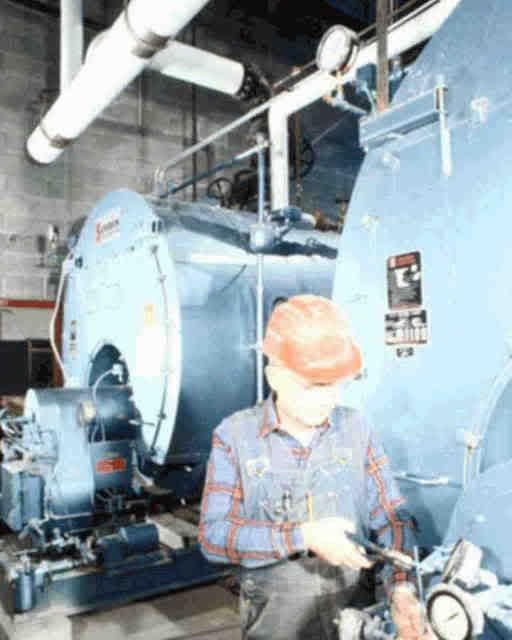Smart instruments have been around for a decade or more. The technology falls under the general heading of “embedded systems,” which includes any device containing a microcomputer, but no fully developed user interface. Examples include automotive engine control modules (ECMs); microprocessor controls for major appliances, such as dishwashers, microwave ovens, etc.; and mobile systems, such as cellphones and digital cameras. Smart instruments include one or more sensors to make physical measurements, a microprocessor to partially analyze sensor data, on-board memory to hold parameters and intermediate results, and I/O capabilities to report results to the next level of automation. Components for such devices are packaged together and mounted as close as possible to the point of measurement.
Predictive maintenance strategies monitor selected variables that engineers believe have maintenance-predictive power. For example, a rise in a bearing’s temperature may warn of impending need for additional or replacement lubricant. Automatically monitoring such variables makes it possible for the system to tailor the maintenance program to the machinery’s actual needs, saving time, supplies, and replacement parts, and avoiding unplanned work stoppages. The alternative is scheduled maintenance, which generally provides more maintenance than necessary on average, but may miss extraordinary events.
For example, a system described by engineers at SKF provides automatic bearing lubrication based on predictive maintenance principles. Traditional scheduled-maintenance calls for a technician to apply a certain amount of oil at set intervals. The schedule is (theoretically) based on historical data about how rapidly that type of bearing uses lubricant under the prevailing use conditions. Being statistical in nature, that data may over- or under-predict the needs of a particular bearing. In addition, even experienced technicians tend to apply more lubricant than necessary, which can actually harm the equipment. Failures can occur when the particular bearing uses lubricant at a rate significantly slower or faster than average. In the first case, too much lubricant would be applied. In the second, too little.
Physical phenomena associated with impending requirements for bearing lubrication are temperature rise and increased bearing noise (vibration). A smart instrument monitoring bearing temperature and noise can tailor the maintenance program to the particular bearing. It can automatically report a pattern of increasing operating temperature coupled with increased bearing noise appears. Maintenance personnel can then use this information to predict when lack of lubrication will begin damaging the bearing, and schedule a technician to apply lubricant just ahead of the danger point. This manual system reduces lubricant requirements, protects equipment more effectively, and reduces unscheduled downtime. Because maintenance operations still occur infrequently (typically at longer intervals than with scheduled maintenance because safety margins can be reduced), however, more lubricant than necessary is typically added at each maintenance, leading to some waste.
Smart-instrument-based predictive maintenance
Smart sensors can help make an automated system for bearing lubrication.
In SKF’s automated system, maintenance personnel do not schedule the lubrication visit, but the condition-monitoring computer automatically controls a microvolume pump to add oil in small quantities until the temperature and noise begin to trend down. When these parameters drop within specifications, the pump stops adding lubricant. This strategy applies just the needed lubrication when it’s needed, independent of the bearing’s peculiarities. By adding lubricant frequently in very small quantities, it is possible to keep the lubricant level very close to optimum. This reduces waste to a minimum by virtually eliminating overlubrication, and eliminates downtime for lubrication entirely.
The automated bearing lubrication system is just one example of a well-developed automated system based on predictive maintenance principles. Predictive maintenance systems based on monitoring physical parameters are actually quite common today. As embedded system techniques and smart sensors become more common in control applications, look for more instances of automated maintenance systems.
Source: www.controleng.com/blog | August 18, 2008



















